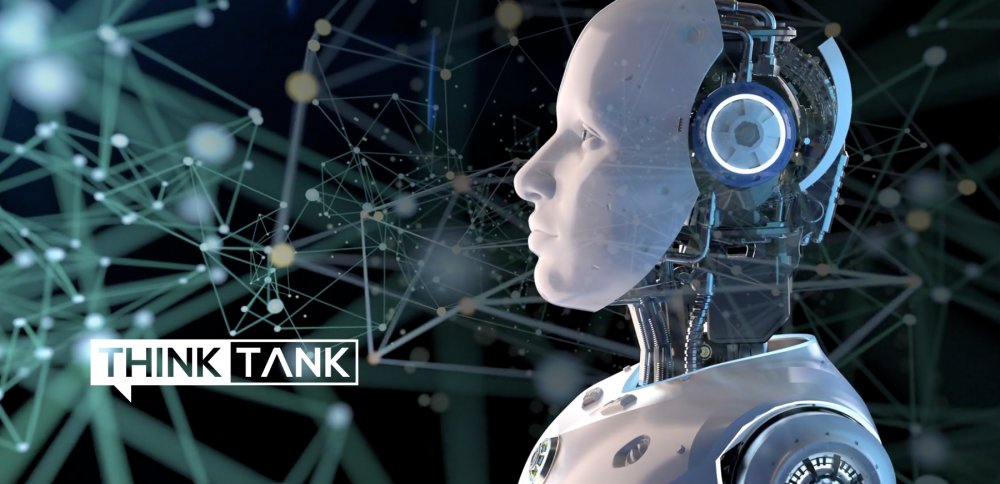Existing Client? Login
Article
Leveraging AI in Employment: Decisions Balancing Benefits and Risks

Organizations are increasingly utilizing artificial intelligence (AI) in employment-related decisions. According to the Society for Human Resources Management, around 25% of organizations use AI for HR processes such as recruitment, hiring, performance evaluations and retention determinations.
Although AI can offer several benefits—such as improved efficiency, objectivity and decision-making—it also presents challenges related to biases, transparency and ethical concerns. This article examines the pros and cons of AI in employment decision-making, discusses relevant laws and regulations for businesses to consider, and provides tips on mitigating AI-related risks.
Current Applications of AI in Employment Decisions
AI is utilized in multiple aspects of employment decision-making, including:
- Recruitment and candidate screening —AI tools help match potential employees to open positions and scan resumes for keywords and phrases. In some instances, companies may utilize AI to assess candidates' interview responses or even interact directly with potential hires.
- Hiring and onboarding —AI streamlines processes during hiring and onboarding, reducing redundancies and checking for incomplete responses. It can also be utilized to personalize and improve the hiring and onboarding experience.
- Performance evaluation and feedback —AI provides real-time assessments and collects and analyzes performance data. The information can then be used to provide targeted and timely feedback to employees and assist leaders in making promotion and retention decisions.
Benefits of AI in the Employment Process How and when businesses choose to implement AI can vary, but in general, the utilization of this technology may offer several benefits. These include:
- Improved efficiency and time savings —AIautomates repetitive, time-consuming tasks and frees up hours for HR personnel to focus on other essential duties.
- Enhanced objectivity and reduced bias —When properly implemented, AI can increase the overall fairness of the employment process. For example, algorithms can be written to consider objective characteristics in resumes that can reduce bias in the selection process.
- Predictive insights for better decision-making —AI's data analysis capabilities offer predictive insights that can improve an organization's decision-making. For instance, it can produce extensive reports with detailed metrics that aid the leadership's determinations.
Risks of AI in Employment Decisions
While AI offers many benefits, its utilization also comes with several risks, such as:
- Perpetuating potential biases and discrimination —Although AI can reduce biases and discrimination, it also has the capability of perpetuating them if not properly designed, implemented, and monitored.For example, since AI systems rely on data inputs, they may identify candidates who mirror an existing workforce. If that original workforce is predominately composed of a particular demographic, the AI engine may then build a candidate pool that reflects those characteristics while discriminating against other applicants.
- Lack of transparency and interpretability —The lack of clarity behind AI decision-making can create challenges in interpreting and providing precise reasons for candidate selection or rejection. For instance, suppose candidates follow up with a company asking for more information as to why they were not selected for an interview. It may be challenging to articulate the precise reasons since AI was utilized in making the determination.
- Ethical concerns regarding privacy and data protection —Utilizing and storing individuals' personal data in AI systems raises ethical and legal considerations, requiring companies to have appropriate policies in place (e.g., receive consent before it is used) as well as having systems to safeguard this information (e.g., securely storing it, disseminating it to only necessary decision-makers and destroying it when it is no longer needed).
Regulation and Legal Considerations
When utilizing AI to make employment decisions, businesses must adhere to applicable laws and regulations, such as Title VII of The Civil Rights Act and the Americans with Disabilities Act.
Various states or cities may have additional laws that apply when using AI in employment decisions. In fact, Illinois, Maryland and New York City have enacted laws regarding its use, and other countries and jurisdictions are considering passing legislation. The Equal Employment Opportunity Commission has also prioritized the enforcement of applicable federal laws concerning AI in employment.
Businesses must stay abreast of legal developments regarding AI use; failing to comply with applicable regulations could result in fines and penalties as well as reputational damage.
Mitigating Liability and Reducing Risks
To mitigate potential liability and reduce risks with AI use, organizations can implement the following strategies:
- Comply with applicable laws and regulations. Businesses need to make certain they are permissibly using AI in employment-related decisions. Working with the AI vendor to understand its algorithm, consulting with attorneys about the applicable laws and regularly monitoring the technology's outputs for discriminatory results may help them do so.
- Develop clear ethical guidelines. Internal policies should address appropriate usage, detail consent procedures for candidates and employees, and emphasize transparency and explainability of AI algorithms.
- Ensure data quality to minimize bias. Since AI can perpetuate unlawful biases, it is imperative for the data inputted into the system to be accurate, diverse, relevant and complete. This can help the system produce stronger and more compliant results.
- Implement human oversight and intervention. Human involvement in decision-making processes is crucial to ensure legal and proper functioning of AI systems.
- Audit and evaluate AI performance regularly to address emerging risks. Likeothersystems, AI needs to be audited on a regular basis to analyze its outputs. Adjustments and corrections can then be made to improve its performance.
Conclusion
AI use in employment decision-making is on the rise, and its utilization presents various benefits and risks. Businesses must be aware of the positives, negatives and legal concerns of this technology to be able to properly incorporate it.
For more employment resources, contact us today.
This article is not intended to be exhaustive nor should any discussion or opinions be construed as professional advice.

Marty Thomas
Marty has spent most of the last 20 years developing software in the marketing space and creating pathways for software systems to talk to each other with high efficiency. He heads our digital marketing efforts as well as oversees any technology implementations for our clients. As a partner, Marty is also responsible for internal systems in which help our team communicates with each other and our clients.